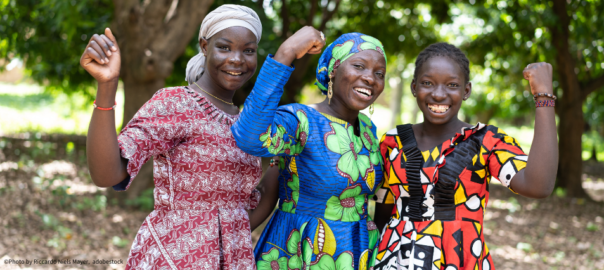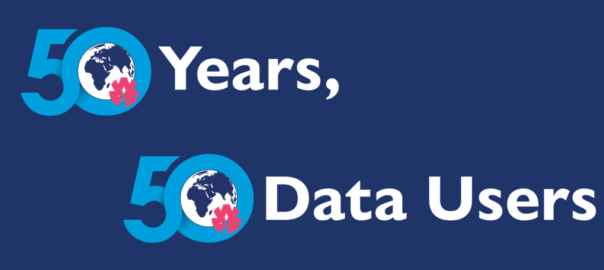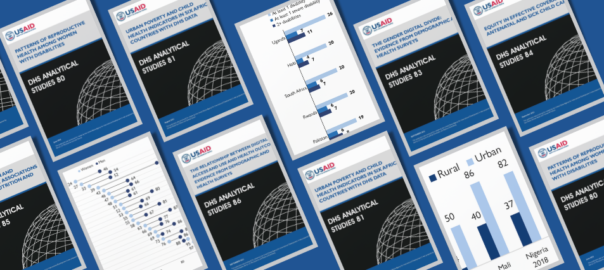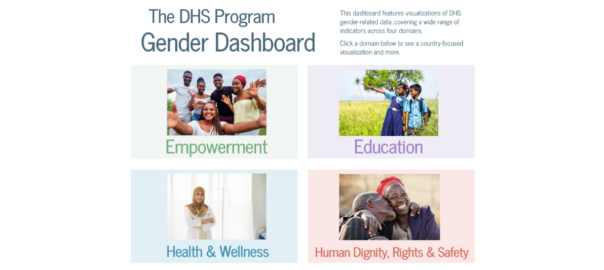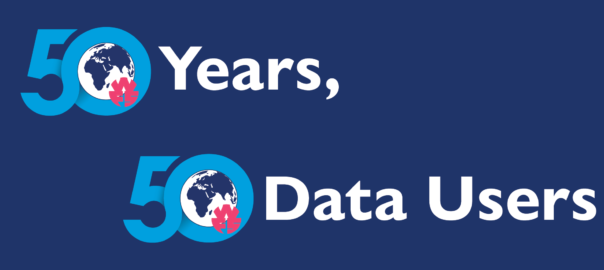International Women’s Day 2023
The DHS Program collects data for Sustainable Development Goal #5 to achieve gender equality and empower all women and girls. The theme for International Women’s Day 2023 is “Embrace Equality.” According to the UN, gender equality is not only a fundamental human right, but a necessary foundation for a peaceful, prosperous, and sustainable world. There […]


